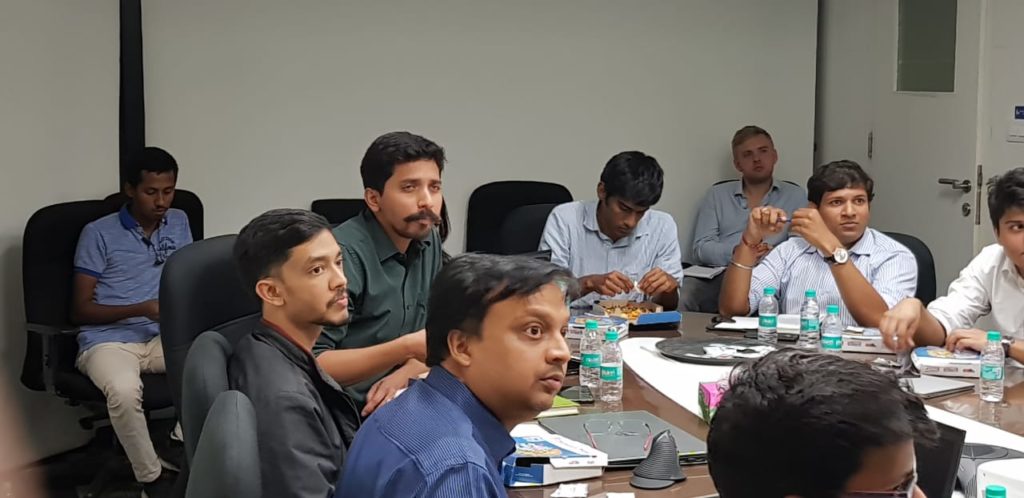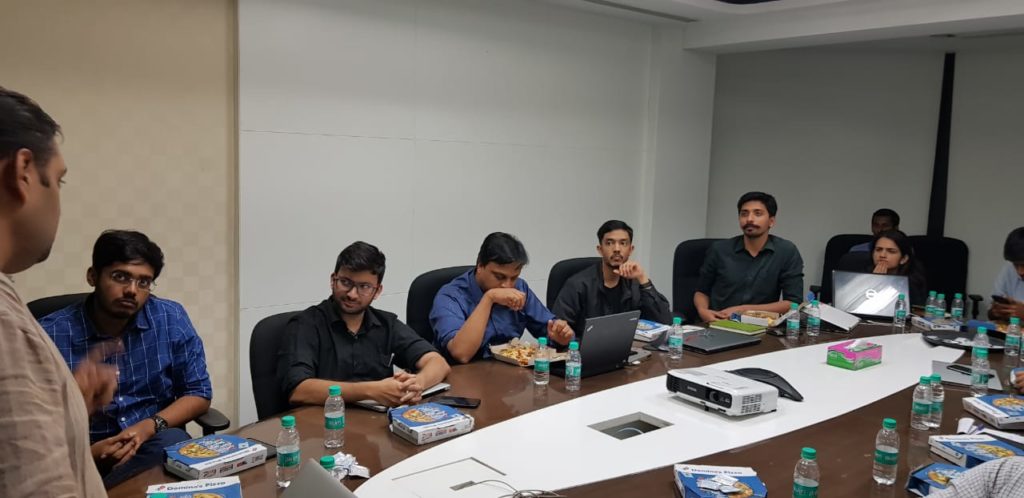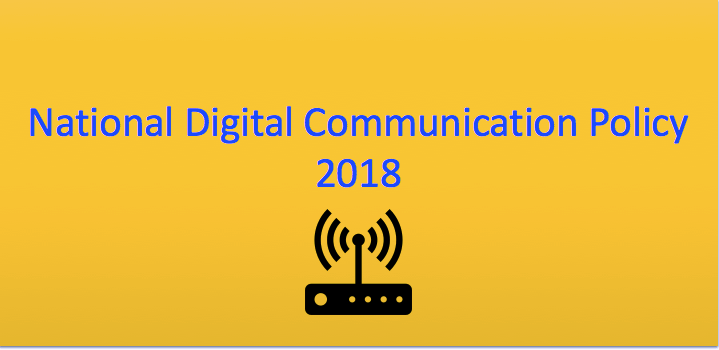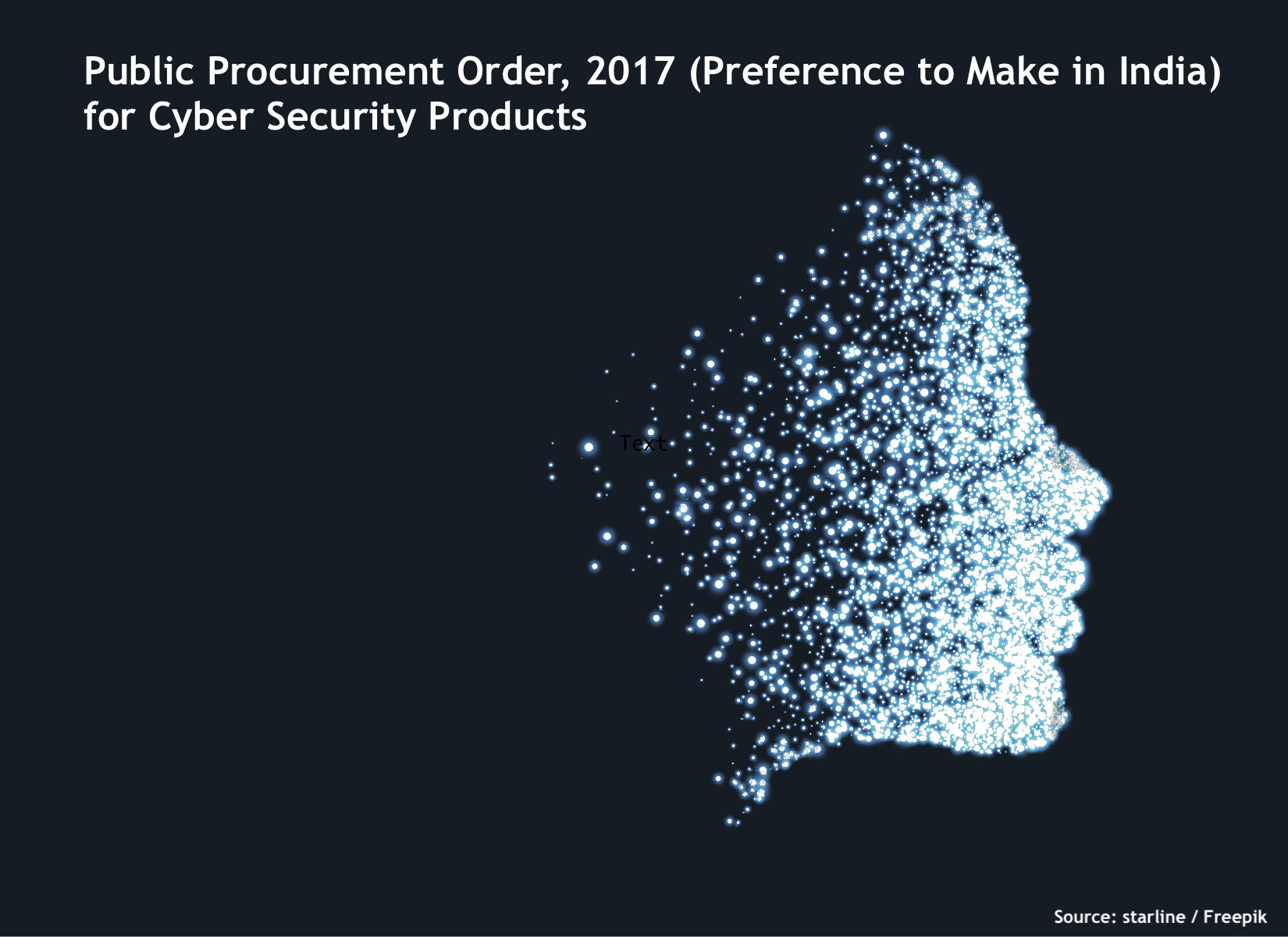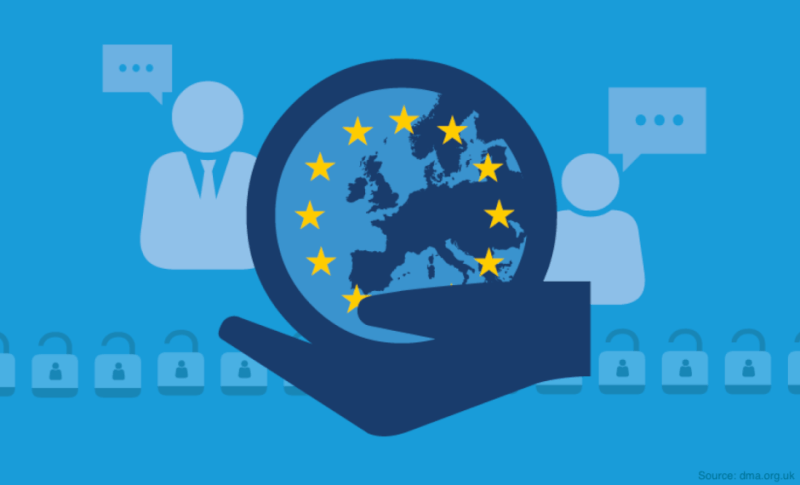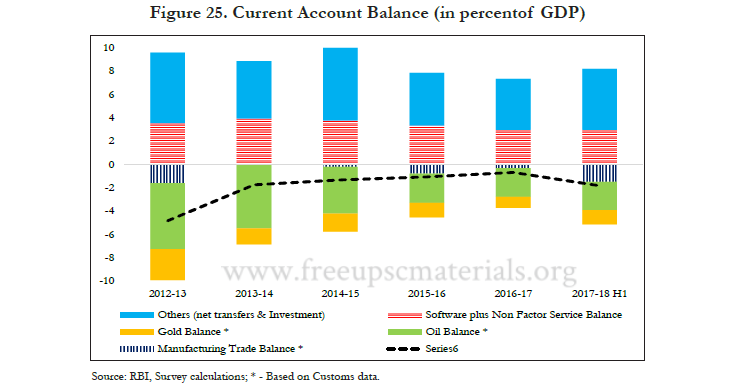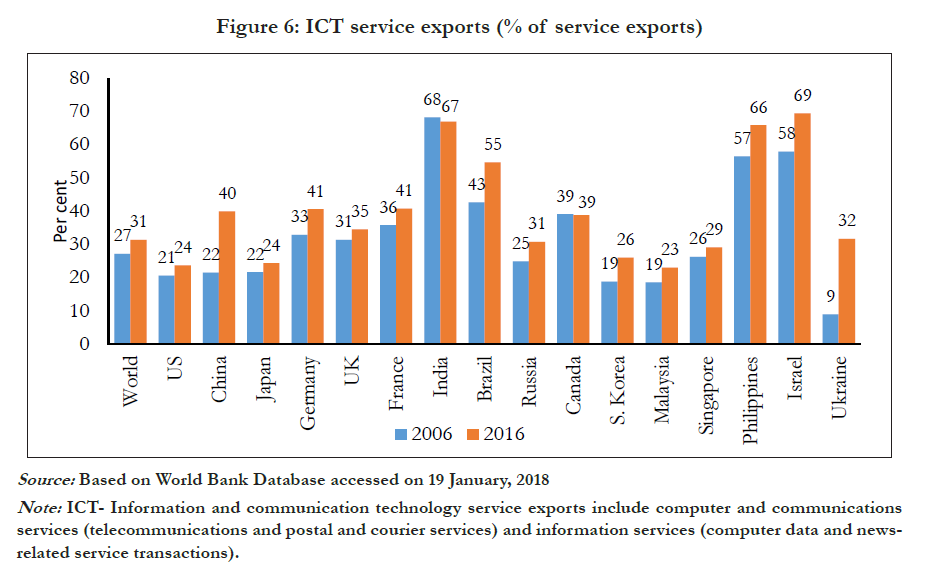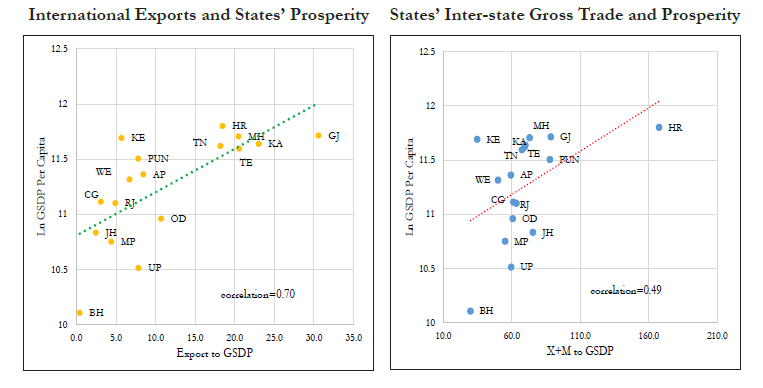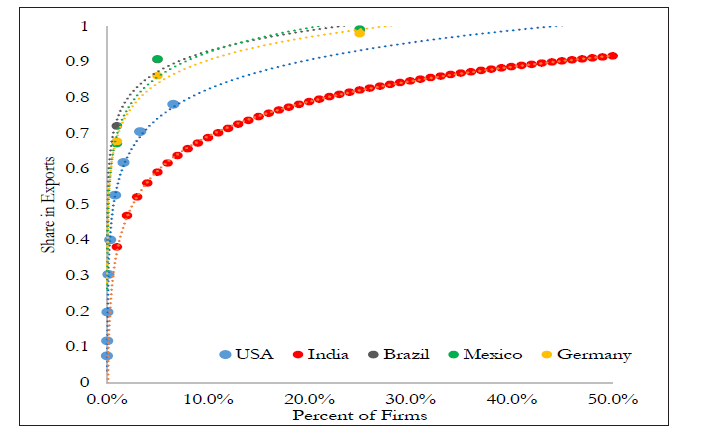Ministry of Electronics and Information Technology (Meity) has put up a new set of draft rules for the IT Act, and is inviting feedback.
The draft rules mostly relates to governing violations on social media.
The Draft is given at:
It contains a link to the new rules:
http://meity.gov.in/writereaddata/files/Draft_Intermediary_Amendment_24122018.pdf
This PolicyHacks recording was done on 2nd January 2018 at 5.30 pm covering a discussion on the proposed rules ( amendment ).
iSPIRT Volunteers, Sanjay Jain, Saranya Gopinath, Venkatesh Hariharan (Venky), Tanuj Bhojwani iSPIRT volunteers and Bhusan, a lawyer from IDFC participated in the discussions with Sudhir Singh.
The main aspects of the draft amendment and its impact on the Software product and Start-ups in tech world in India are covered in the discussions. A transcript of the discussion is given below for read. Or you could choose to listen to the recorded audio/video on you tube embedded below.
The draft rules mainly cover information published by users on intermediaries also referred to as platforms in this discussion. The three broad aspects that draft rules cover are :
- Putting higher onus on Intermediaries on objectionable content
- High level of compliance and penalties
- Enforcing traceability of objectionable content
With above introduction to topic floor was opened for discussions by host Sudhir Singh. Below is the transcript of contribution made by participants ( the transcript may not be complete word by word but follows the semantics of contribution made).
On Question on how the draft rules will impact industry
Sanjay Jain – “Two three element that you have highlighted in there.
First is the definition of the platform player. Intermediaries are broadly defined. They include everybody from telecom players, ISPs, a Social network and even a site like apartment Adda, Baba-jobs, because all of these will have some kind of user generated content, which is being published and shared with others. While the law drafting may have had one type of intermediary in mind, but it actually applies to all of them and as such that is where some of the issue starts.
Second part is that by moving some of the Onus to the platform, and I actually think they have not fully moved the onus to the platform, which is very dicey situation because, they have moved and not moved at the same time. And because, the onus is primarily still on the Govt. to notify to the intermediary, that there is something objectionable and they have to remove it. But, at the same time they have said that intermediary shall develop technological means for identifying all of this, as well. Sometimes there is an assumption that technology can do a lot, and in reality while you can have 99.9% accuracy, you still have those 0.1% and that becomes an issue.
Third part, I wanted to say is cost of compliance goes up considerably. They have put a limit 50 Lakh users in India, though we believe 50 lakh may either be little low. They should go little higher and depending upon type of user generated content they should allow for little graded form of compliance.”
Bhusan, from IDFC Institute – “As a context, these rules have come about are drafted based on earlier rules of 2011 and have some new features like graded approach such as significant intermediary to non-significant intermediary. They have put time lines in terms of response from intermediary and so these rules are being built upon existing set of rules.
There is some short of tightening of the compliance on intermediary e.g. 72 hours of time line for response. If you are a significant intermediary, than you have to be incorporated in India and has to appoint a person who is available 24X7, and you also have to have proactive measure to screen content on your side. Some of this is coming from frustration of getting information from intermediaries.”
On issue of how much these numbers are practical for small players? How to save start-ups?
Sanjay Jain – “Differed assumption is that if you publish any content which is against the law, you are liable. Being an intermediary protects you. If you remember the case of Baje.com, the only protection they got was proving to be an intermediary. Hence, you want to call them (Start-ups) intermediaries but get a better procedural control to stop harassment at hand of low level law enforcement.”
Tanuj came in and quoted the the line after 72 hours, in section 5 it says”as asked for by any government agency or assistance concerning security of the State or cyber security; or investigation or detection or prosecution or prevention of offence(s); protective or cyber security and matters connected with or incidental thereto.”
According to Tarun, this statement is so broad that any junior level officer can say I got information that someone from Hissar in Haryana is harassing a person and give information of all users in Haryana.
Venky – “I agree with Tarun, we have the laws or the rule meant to be more sharply defined and have sharp implementation guidelines. In this case seems to be pretty loosely framed.”
Sudhir Singh – “There is another issue in draft rules on once in a month information to user, and taking their consent. Any hard compliance of rules is normally easier for large players, they may easily invest and handle with technology but small players and start-ups it is difficult situation to comply.”
Sanjay – “From technology experience we learn that if you make something automated, user ignore it. So, what will happen is this will be implemented by sending one email to every user, once in a month, stating if you don’t comply, we will delete your account from platform.
That’s an email that is going to get ignored. So, it is a very ineffective suggestion. Also, there is an implicit assumption that all users are identifiable, which is not the case always. So, just to implement it you will have to identify users. That may not be a valid requirement.”
Bhusan – “On the point that you need to have more than 5 million users. My question is procedurally how do you even establish that?
Will platform will have to do GPS type of tracking to ensure that and does this not create a privacy risk in itself e.g. I do not know does platforms like Quora know that they have more than 5 million users in India or not. It seems, there is this focus on regulating Big Techs and this 5 Million number really come from that.”
Sanjay – “Basically, anybody can be hosting user generated content. So, lets us say we are on a common platform, and there is a message flowing from me to you. If I violate the law, and let’s say the message is liable of incitement or any other law, then I should be held liable and not the platform.
For that platform needs to be qualified as intermediary, put under safe harbour and intermediary takes on the responsibility of helping the law enforcement. So, we should not take up start-ups out of its ambit. What we have to do is make sure that, the conditions required is that conformance to the standard should not be so terrible that start-up should be excluded.
So, we need to sharpen the requirement they they should be conforming with and make it easy enough for somebody to confirm.”
It is being discussed that Govt. is aiming for higher level of Penalty. What should be our recommendation?
Tanuj – “If you take very young company any short of hit is bad, but if you can put proportion of revenue basis, it will be at least more forward thinking, even if it is not absolutely fair, in some sense more fair of not having that rule or having flat rule. The amendments of changes we should think about of moving the penalty would be not being in favour of arbitrary penalty.”
Tarun added – “Our recommendations should be around sharpening rules, like who can use it who cannot use, what are the accountability measures on them, more than magnitude of these numbers.”
Saranya – “Just to address the Data protection law vis-à-vis intermediary act. The subject matter of Data Protection law is ‘personally identifiable information’, whereas Intermediary act tries to cover ‘all communication in some sense’ and hence, Intermediary act has a longer leash with regard to the person who can take the intermediaries to task.
The criteria of what would be offensive under Intermediary act is very different e.g. encouraging consumption of narcotics. Hence, the criteria that a person can take intermediary to task is extremely wide and needs to be curtailed.”
Bhusan – “There is an inherent subjectivity in these rules and there is need to some short of standard procedures on how these rules are applied by law enforcement agencies across. All that these rules say is – any request has to come in writing and intermediaries have to comply with.”
Venky – “From an implementation perspective we need implementation guideline. Section 5 is so wide that anybody can drive a truck through it.”
How the numbers (e.g. 72 hours period to respond and 50 lakh users) should be defined in a manner that is suits Start-ups who are in the early phase.
Sanjay – “Broadly, we need to identify the places and various numbers to apply proportionally depending upon the size of entity and size of violation, in our feed back to the Government.”
Sanjay also brought in attention to the “Appropriate Govt”, needs to be defined well. He said, “What we want is the Govt. agencies to be defined.”
Bhusan – “This is very standard way of defining. I have not seen any precise definition on specifying agencies in general regulation and I do not see they will start with IT act on this.
Bhusan mentioned another important issue of end-to-end encryption is a more political point rather than national security issue. (refer section 5 last lines).
Sanjay – “This is about tracking and tracing may not be about encryption. The fact, that I sent information to some body is about meta data, it’s not about information itself. This may be clarified better, but is not about end-to-end encryption but about meta data.”
Sanjay further added, “perhaps one clause you could add is to say that the ‘intermediary should be able to do this based on the information it has, if it does not have information, there should be not requirement to maintain information’ e.g. if you take business of mailinator, they don’t keep record of mails sent in and out.”
Bhusan, added “it should not lead to intermediaries having a requirement to do KYC on users.”
Is 50 lakh only to target large platform players?
Sanjay, “my read is they may have thought that way. But in reality a regional ISP or even a small newspaper will fall in to that category.”
“Bhusan, I don’t think it is a number generate by some study, but it seems like they just picked it.”
The discussion was rapped with thanks to all players.
Author note and Disclaimer:
- PolicyHacks, and publications thereunder, are intended to provide a very basic understanding of legal/policy issues that impact Software Product Industry and the startups in the eco-system. PolicyHacks, therefore, do not necessarily set out views of subject matter experts, and should under no circumstances be substituted for legal advice, which, of course, requires a detailed analysis of the relevant fact situation and applicable laws by experts in the subject matter on case to case basis.
- PolicyHacks discussions and recordings are intended at issues concerning the industry practitioners. Hence, views expressed here are not the final formal official statement of either iSPIRT Foundation or any other organisations where the participants in these discussions are involved. Media professionals are advised to please seek organization views through a formal communication to authorised persons.





